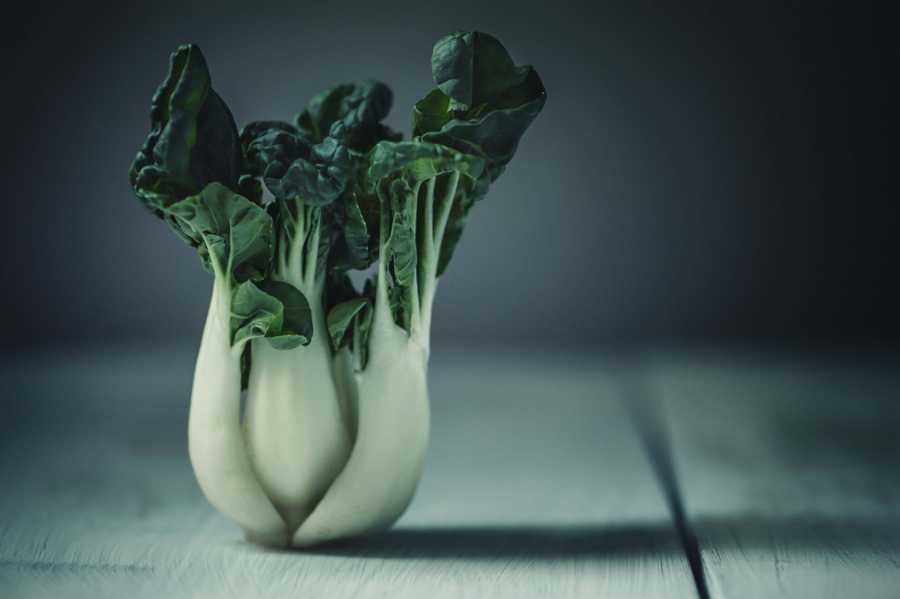Sulforaphane and its Impact on Depression
by Kayee Liu MS, RDNNutrition
Eat More Kale. Love your broccoli. Cauliflower Power. Each year seems like yet another vigorous attempt to unearth the next world shattering produce. Local grocers and food/health magazines line the aisles with articles and advertisements promoting the next big Superfood. But did you know all these vegetables have something in common? They all share a little known plant compound called sulforaphane. And this phytochemical is packed with a lot more interesting data than meets the eye.
What are Sulforaphanes?
You might have heard of the term ‘cruciferous vegetable’ once or twice through a healthcare professional or some family friend’s fifth cousin, but what exactly does it mean? The label is a title for veggies that are part of the Brassica genus, or cabbage family; kale, broccoli, cauliflower, obviously cabbage but also Brussels sprouts, collard greens, bok choy, radish, and wasabi fall under this Cruciferae family. You can often spot them based on their leaves that are shaped into a cross, hence the resemblance to the word crucifix. Sulforaphanes, aka isothiocyanates, are a plant compound or phytochemical found in each Cruciferous vegetable and are broken down from glucoraphanin; the sulfur compound is the reason why Cruciferous vegetables can sometimes taste bitter for certain people.
What’s the Science?
Isothiocyanates are any group of compounds that contain the chemical group N=C=S (nitrogen = carbon = sulfur; double-bonded); sulforaphane has one of these groups in its chemical structure and is therefore a part of the isothiocyanate family. Isothiocyanates are the broken down components of glucosinolates, a natural component of pungent plants that adds its bitter flavor to cruciferous vegetables. Glucosinolates are broken down through an enzyme called myrosinase, an enzyme activated when cruciferous plant tissue is chewed, crushed, or chopped and becomes inactive from high heat or extended periods of boiling. If cooking our cruciferous inactivates these compounds, is it really available to our bodies? Aside from activation when we prep/cut our vegetables, these isothiocyanates can also be broken down by bacteria in our gut micriobiota and absorbed in the colon (Luang-In et al., 2014). To simplify, just don’t overcook these vegetables.
The isothiocyanate known as sulforaphane is derived from the glucoraphanin (glucosinolate is the umbrella term, glucoraphanin is the one specific to Cruciferae), which is responsible for the neutral or bitter flavor imparted onto these cruciferous vegetables. Gene hTAS2R38 encodes for our sensation of the bitter taste in phenylthiocarbamide, which occurs on average in 70% of the world's’ population (much higher in certain populations of people).
The summarized chemical process is this:
Glucosinolates +Myrosinase enzyme → Isothiocyanates
More specifically with compound names of those found in cruciferous vegetables: Glucoraphanin + Myrosinase enzyme → Sulforaphane
What are the Implications on Health?
What I’m sure you’re all waiting for: how will this affect my health? Research into sulforaphane has yielded implications in cancer prevention, carcinogen deactivation/excretion, and an influence on cardiovascular disease as well as prostate, lung, and breast cancer risks. Sulforaphane is a naturally occurring NRF2 pathway activator (What?! You don’t say.) – this pathway essentially activates hundreds of antioxidant genes in our DNA that help our DNA from getting damaged. (Kensler et al., 2012)
Sulforaphane for Depression:
Any discussion on sulforaphane would be incomplete without noting current updates about sulforaphane and its effect on mental health. Emerging research has shown a notable impact of sulforaphane on depression, one of the world’s most common psychiatric disorders. Mice given sulforaphane (1 mg/kg/day, which is a LOT of broccoli extract) and quickly injected with depression- inducing lipopolysaccharide (LPS), showed a reversal of depression symptoms compared to those not having that sulforaphane. (Martín-de-Saavedra et al., 2013) To note, normal individuals injected with LPS create a strong immune response that can lead to more depression. More mice studies found that using the Cruciferous veggie phytochemical was just as effective as antidepressants (think Prozac) and decreased stress hormones and social anxiety. (Wu et al., 2016) Notable evidence in human studies of young healthy adults found that isothiocyanate can significantly decrease blood levels of IL-6 (Navarro et al., 2014) , a biomarker of inflammation that has also been associated with developing depression. It is good to remember that mice and humans have very different physiologies, but overall the research coming out is very supportive of better health, including better brain health.
What’s the Takeaway?
EAT MORE BROCCOLI AND DRINK ALL THE KALE! Just kidding, you don’t need to go crazy with the crucifers. Just know that cruciferous vegetables pack a punch, and not just in terms of nutrient quality. There is strong research highlighting improvements in managing disease and brain dysfunction, especially depression, and hopefully the studies will only get better. I guess it couldn’t hurt to fall into the next cruciferous vegetable marketing campaign.
References
Kensler, T. W., Egner, P. A., Agyeman, A. S., Visvanathan, K., Groopman, J. D., Chen, J.-G., …Talalay, P. (2012). Keap1–Nrf2 Signaling: A Target for Cancer Prevention by Sulforaphane. In Topics in current chemistry (Vol. 329, pp. 163–177). https://doi.org/10.1007/1282012339
Luang-In, V., Narbad, A., Nueno-Palop, C., Mithen, R., Bennett, M., & Rossiter, J. T. (2014). The metabolism of methylsulfinylalkyl- and methylthioalkyl-glucosinolates by a selection of human gut bacteria. Molecular Nutrition & Food Research, 58(4), 875–883. https://doi.org/10.1002/mnfr.201300377
Martín-de-Saavedra, M. D., Budni, J., Cunha, M. P., Gómez-Rangel, V., Lorrio, S., Del Barrio, L., …López, M. G. (2013). Nrf2 participates in depressive disorders through an anti-inflammatory mechanism. Psychoneuroendocrinology, 38(10), 2010–2022. https://doi.org/10.1016/j.psyneuen.2013.03.020
Navarro, S. L., Schwarz, Y., Song, X., Wang, C.-Y., Chen, C., Trudo, S. P., … Lampe, J. W. (2014).Cruciferous vegetables have variable effects on biomarkers of systemic inflammation in a randomized controlled trial in healthy young adults. The Journal of Nutrition, 144(11), 1850–1857. https://doi.org/10.3945/jn.114.197434
Wu, S., Gao, Q., Zhao, P., Gao, Y., Xi, Y., Wang, X., … Ma, Y. (2016). Sulforaphane produces antidepressant- and anxiolytic-like effects in adult mice. Behavioural Brain Research, 301, 55–62. https://doi.org/10.1016/j.bbr.2015.12.030